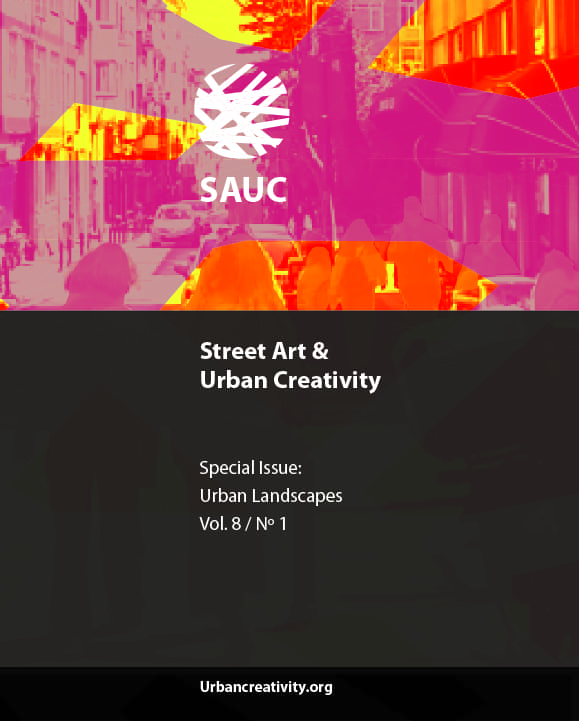From Mistletoe to Anthroposophical Architecture: Medicinal Plants Gardens
DOI:
https://doi.org/10.25765/sauc.v8i1.581Palabras clave:
anthroposophy; holistic approach; design and nature; medicinal plant gardenResumen
This article focuses on the Austrian philosopher, social reformer, and architect Rudolf Steiner’s approach to design, architecture, and nature through its anthroposophical thinking about life developed in the 1920s and its reflections on urban space. The article aims to establish a new relationship between art, design, architecture, and landscape, based on Steiner's approach to life, and to fill the gap in how to look at our artificially constructed environment, especially in urbanized areas. As a medicinal plant, mistletoe is one of the parasitic plants that points to the interplay that Steiner observed throughout life. In this article, the concept of "from mistletoe to architecture" is evaluated as a metaphor and represents the view through the holistic relationship established between architecture, nature, and landscape. From the architectural point of view of mistletoe, the bond between them is understood with a holistic approach in which different disciplines, knowledge, interaction, and living together with plants are intertwined in modern urban spaces. Therefore, how can architecture, landscape architecture, and design practices integrate living and being in today's world? Deriving from this, the article evaluates the close relationship between human beings and plants through the medicinal plant gardens in Istanbul and especially the Zeytinburnu Medicinal Plants Garden.
Descargas
Estadísticas globales ℹ️
|
151
Visualizaciones
|
63
Descargas
|
|
214
Total
|
|
Descargas
Publicado
Cómo citar
Número
Sección
Licencia
Los autores/as que publiquen en esta revista aceptan las siguientes condiciones:
- Los autores/as conservan los derechos de autor.
- Los autores/as ceden a la revista el derecho de la primera publicación. La revista también posee los derechos de edición.
- Todos los contenidos publicados se regulan mediante una Licencia Atribución/Reconocimiento-SinDerivados 4.0 Internacional. Acceda a la versión informativa y texto legal de la licencia. En virtud de ello, se permite a terceros utilizar lo publicado siempre que mencionen la autoría del trabajo y a la primera publicación en esta revista. Si transforma el material, no podrá distribuir el trabajo modificado.
- Los autores/as pueden realizar otros acuerdos contractuales independientes y adicionales para la distribución no exclusiva de la versión del artículo publicado en esta revista (p. ej., incluirlo en un repositorio institucional o publicarlo en un libro) siempre que indiquen claramente que el trabajo se publicó por primera vez en esta revista.
- Se permite y recomienda a los autores/as a publicar su trabajo en Internet (por ejemplo en páginas institucionales o personales), una vez publicado en la revista y citando a la misma ya que puede conducir a intercambios productivos y a una mayor y más rápida difusión del trabajo publicado (vea The Effect of Open Access).













